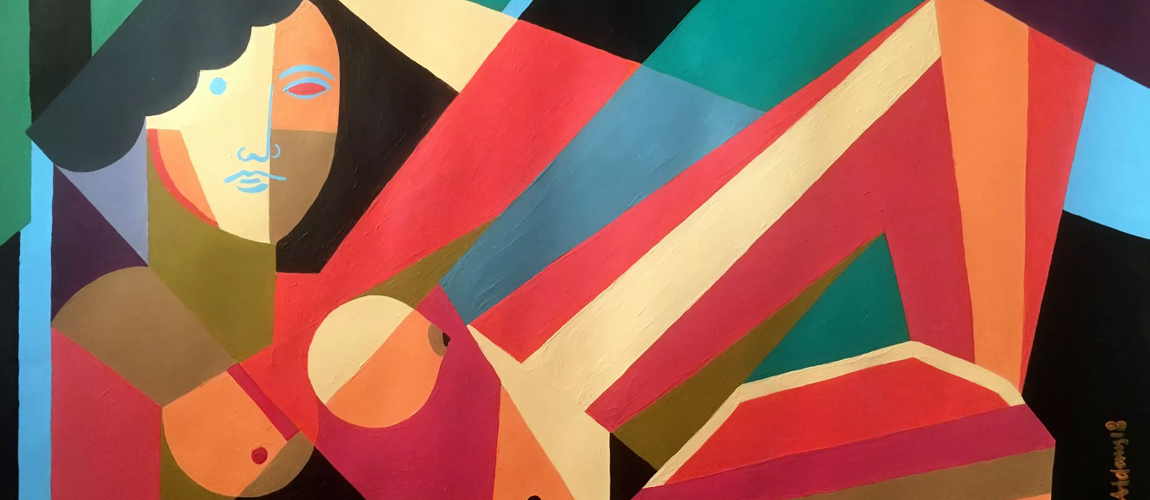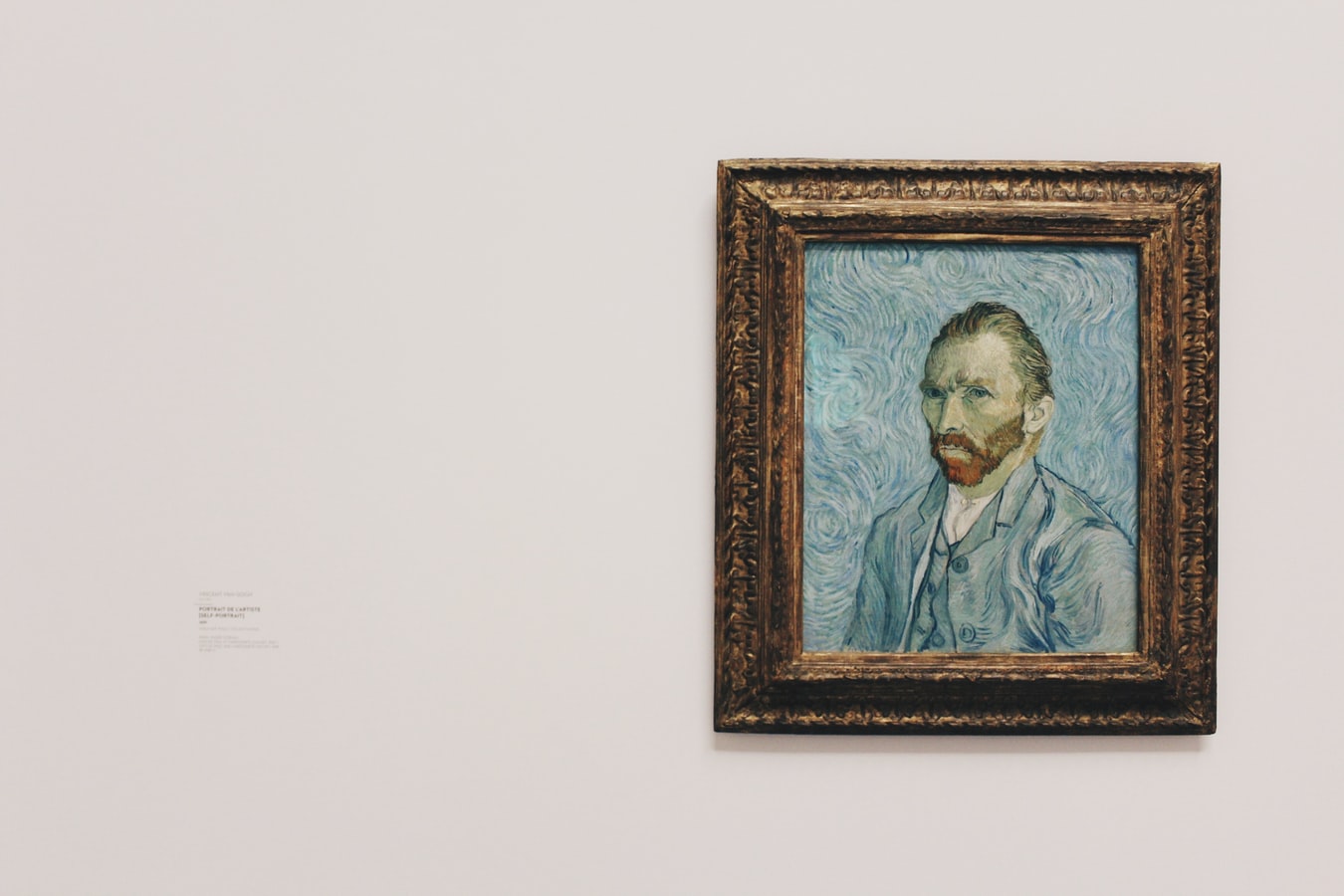What is cubism?
Cubism saw the move away from 19th century realism art and created a brand new avant-garde style. Cubist artists focused on geometric shapes and styles whilst conveying the complexity of structures. Fragmentation and the separation of objects featured heavily in the art of the movement, and paved the way for art experimentation.
Who were the key figures in cubism?
Pablo Picasso and Georges Barque were the two leading figures in the evolution of cubism during the early 20th century. Together they devised an art style like no other. Picasso and Barque’s work broke all traditional art rules within the western world and were considered revolutionary.
Picasso and Barque worked very closely together to develop cubism, and it has now become a very popular art style. With many artists taking inspiration from the cubist movement this is owed to Picasso and Barque’s ground-breaking art work.
What was the purpose of cubism?
Cubism focuses heavily on presenting the structure of an object. Cubist artists felt it was important to create art that did not look to realism. Thus, artwork should not rely on shading, or such techniques, to make it look realistic. Cubism saw originality and expression brought into the art world.
The element of experimentation within the field developed heavily due to this movement. Therefore, the abstract modern art we see in the 21st century is a consequence of Picasso and Barque’s work.
What are the two main branches of cubism?
Cubism splintered into two distinct characteristics after its creation. The original phase of cubism, that began with Picasso and Barque, has been named Analytical Cubism. This stems from the analysis of objects and forms in the early stages of the movement. The second phase was to be called Synthetic Cubism, born out of the synthesis of colours and shapes. Synthetic Cubism was formed through later artists in the movement who experimented with collage and media.



